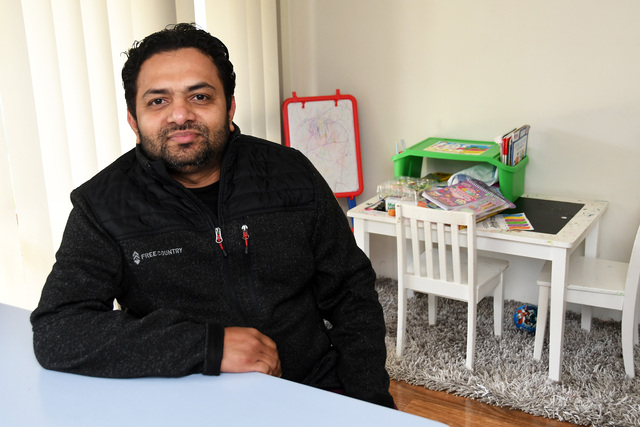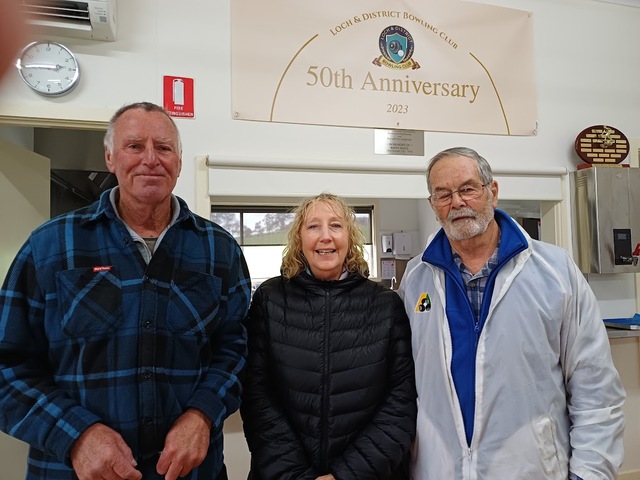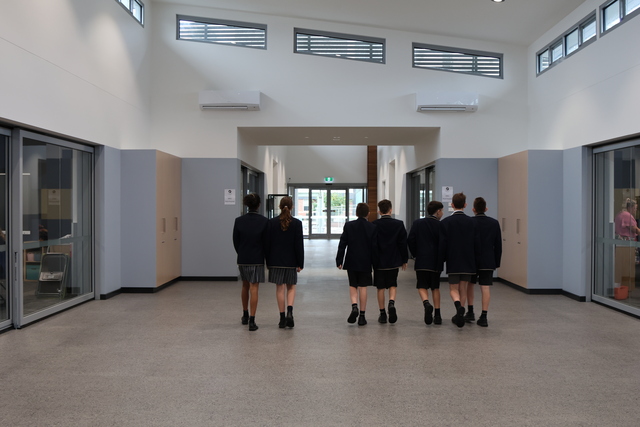Casey residents have expressed mixed reactions to the Federal Government’s new 5 per cent deposit scheme, with some calling it a lifeline for first home buyers and others warning it could drive property prices higher and worsen affordability.
From 1 October, eligible first-time buyers can purchase a home with as little as a 5 per cent deposit, without the need for Lenders Mortgage Insurance (LMI). The government provides a guarantee to participating lenders if a default occurs.
The new scheme removes the income cap, offers unlimited spots, and raises the property price caps.
In Victoria, the cap is $950,000 for Melbourne and regional centres and $650,000 elsewhere.
Hampton Park father of two Insaf Wazeer hoped the program would help his family buy their first home in the surrounding area, but said borrowing limits and high housing prices still remained the biggest obstacles.
“I just calculated our borrowing power, and borrowing was only like $500,000,” he said.
“The housing prices are skyrocketing. For a budget of $600,000 to $700,000, you could have gone for a house before if you’d been buying a few years ago in the area. But now I think all your options are to go for a townhouse or a unit.
“I think this new scheme will bring people into the market earlier. Other than that, the price can go up as well.”
However, Cranbourne resident Emily Bushell, who purchased her first home in 2022 under the same scheme, said the scheme made home ownership possible when saving a 20 per cent deposit nowadays felt out of reach.
She said getting into the market was the biggest struggle.
“The issue we had when we were purchasing was actually all the investors. So, we would get priced out immediately because of the investors, because they would overcapitalise,” she recalled.
“When we were going through purchasing a property, we purchased something that wasn’t even our, let’s say, dream property, if that’s the right word.
“It was simply: Let’s get into the market. Otherwise, these house prices keep going up.
“We have to get in at some point.”
She said the default risk was always there, no matter how much deposit you put in, and the banks still applied strict assessments to ensure borrowers could meet repayments and warned buyers to plan for extra fees like conveyancing and inspections.
As of December 2024, Housing Monitor reports the median house price in Casey at $736,000 and the median unit price at $550,000, with house prices rising 4.2 per cent annually over the past five years, compared to 2.6 per cent in Greater Melbourne.
On the income side, the median weekly household income, reported by the 2021 census, is $1,918. The inflation-adjusted number reaches roughly $2,225 per week in 2025, equivalent to annual earnings of $115,700.
Berwick father Wes Smith has been digging into the numbers because his three children will be looking to buy their first homes in the next few years.
“On the surface, it sounds like a game-changer, but once you look at the actual numbers — the repayments, the costs on top of the deposit, and what banks will actually lend on an entry-level wage — it quickly becomes clear that affordability is still the major hurdle,” he said.
Mr Smith calculated that a $650,000 house on a 30-year loan at 6 per cent would cost about $3,700 a month, with total repayments of $1.33 million on a roughly $615,000 loan.
It means over the life of the loan, his children would pay the bank more in interest than the original loan itself.
“I just feel like it’s a massive trap being thrown out by the government and also a policy that is going to drive current house prices far higher again,” Mr Smith said.
“I’ve been looking at how house prices in areas like Casey and Cardinia have grown over the last 20 to 25 years compared with wages and the cost of living. Back then, you could buy a typical house for three or four times the average income.
“Now it’s closer to seven times. That difference really highlights why, even with a smaller deposit requirement, it’s still such a stretch for young buyers to get in.”
For Dingley Village resident Steve Adams, the new scheme is likely to make housing affordability worse while adding to the structural imbalance between first home buyers and investors.
“In fact, anytime we try and help first home buyers, it tends to have this perverse idea of increasing house prices, which then encourages other investors to actually buy houses,” he said.
“When house prices are going up six, seven, eight per cent a year, that then becomes enticing to bring people into the housing market who are not necessarily first home buyers.”
Mr Adams likened the effect to past grants, such as the early 2000s First Home Owner Grant, which coincided with house prices jumping up to 15 per cent a year.
“Governments have this dilemma, and the dilemma is that they believe that if house prices go down, then the economy will go bad,” he said.
Monash University associate professor Duncan Maxwell of the Art, Design and Architecture faculty said addressing housing affordability also requires bold action on supply.
“However, demand-side schemes alone won’t fix the shortage,” he said.
“Without urgent supply-side innovation within the sector, affordability pressures will continue, and the benefits of home buyer assistance will remain short-lived.”







